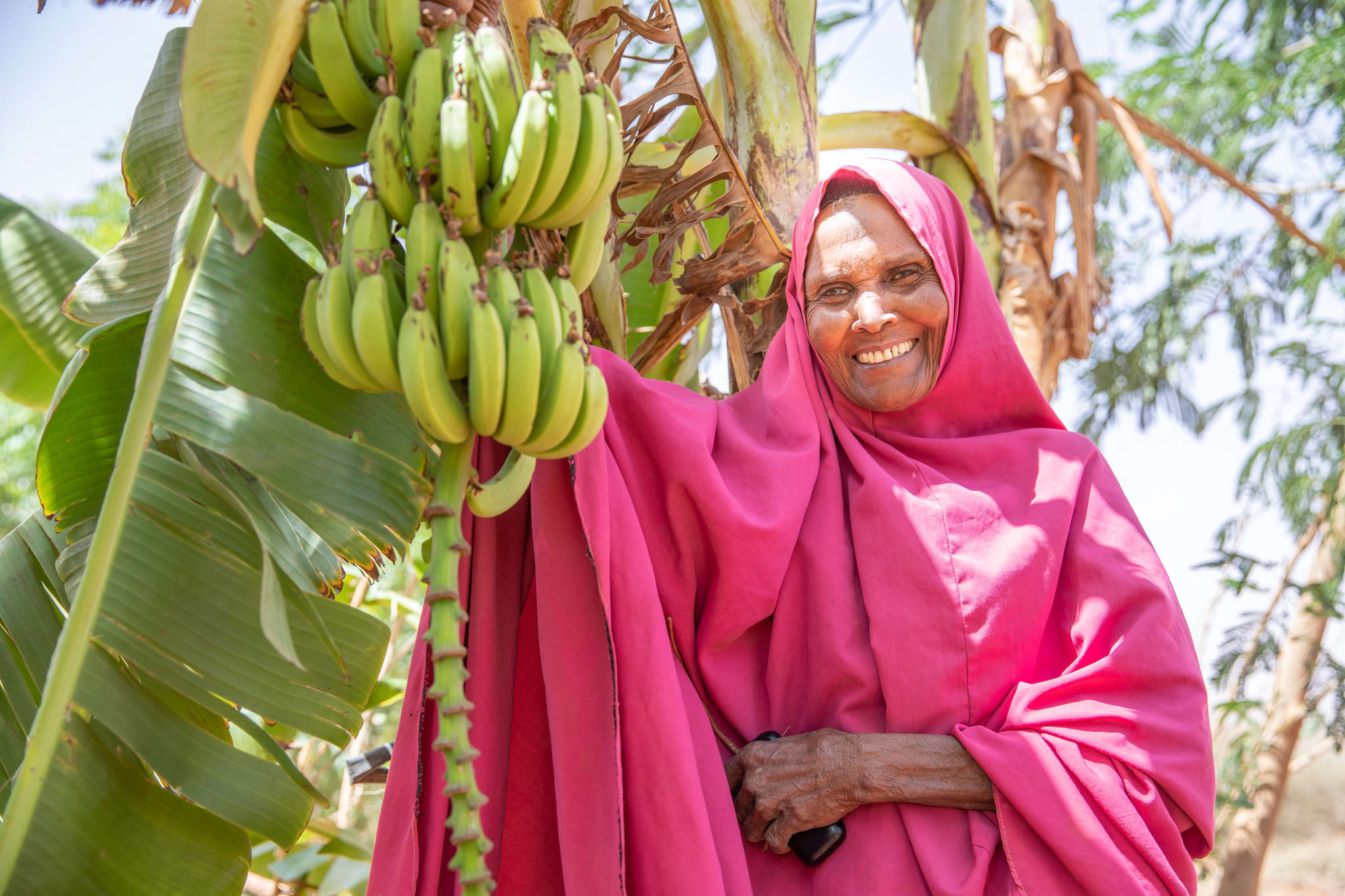Chapter 2: Major Ebola outbreaks in Africa
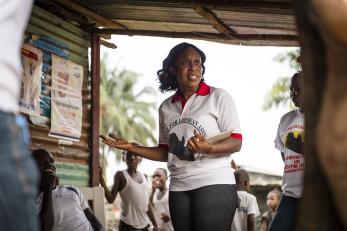
Ebola is a relatively new disease compared to many other diseases in terms of scientific research; there is still a lot to learn about Ebola and how it affects patients, survivors and the world. To reduce Ebola's impact, it's important to understand the virus as much as possible. Part of this understanding involves knowing the history of Ebola. In this chapter, we will explore Ebola's past and the major outbreaks that impacted the world.
Where did Ebola first break out?
The first cases of Ebola were discovered in 1976 in northern Zaire, now the Democratic Republic of the Congo. The outbreak started with the headmaster of the Yambuku Mission School. The 42-year-old headmaster had returned from a trip and had purchased bushmeat on the way home. Four days after his return, he went to the outpatient clinic at Yambuku Mission Hospital with a fever and chills. At the hospital, he was treated for malaria and his fever went down. A week later, he returned to the hospital with worse symptoms such as a severe headache, muscle pain and intestinal bleeding. He died with a hemorrhagic syndrome of unknown cause.
Several patients who had visited Yambuku Mission Hospital for routine care received injections with needles that had not been sterilized. As a result, dozens of patients who received injections, as well as their contacts, suffered similar symptoms as the headmaster and died within about a week. The newly discovered virus was given the name Ebola after the Ebola River.
At around the same time, a similar outbreak was occurring in southern Sudan. In Sudan, it is believed the outbreak started in a cotton factory where 37 percent of the workers were infected, and the virus spread mostly through close contact in hospitals. It was noted that many bats hung from the rafters in the cotton factory. Scientists did not find a link between the outbreak in Zaire and Sudan. However, patients experienced similar symptoms.
Overall, there were 318 cases reported in the Democratic Republic of the Congo and 280 deaths, and 284 cases reported in Sudan and 151 deaths as a result of the first known Ebola outbreak.
Timeline of major Ebola outbreaks
Here's a glimpse of the Ebola outbreaks that made a significant impact since Ebola's discovery in 1976.
1. 1995
In 1995, an outbreak began with a charcoal maker in the forests near the city of Kikwit in the Democratic Republic of the Congo. This outbreak led to a reported 315 cases and 250 deaths. The virus spread through families and hospitals but came to a stop when healthcare staff used face masks, gloves and gowns.
2. 2000
In 2000 in Uganda, there were 425 Ebola cases and 224 deaths. The outbreak began in Gulu and spread to other districts. The type of Ebola virus that infected individuals during this outbreak was the Ebola Sudan virus. The most common symptom of this outbreak was fever, and it carried a high mortality rate. The median age of Ebola cases during this outbreak was 27, thought almost 15 percent of cases were children under the age of five. Community and government action played critical roles in controlling the outbreak.
3. 2002
In 2002, in the Democratic Republic of the Congo, Ebola broke out in the western part of the country after hunters reported contact with wildlife that was killed or found dead. The virus mostly spread through close contact with an infected person such as a family member and little was spread in a hospital setting. There were 143 reported cases and 128 deaths.
4. 2007
In 2007, an Ebola outbreak occurred in the Bundibugyo district in Uganda. This was the first reported outbreak of a new Ebola strain named Bundibugyo ebolavirus. During this outbreak, 131 cases were identified, and there were 42 reported deaths. The new strain was similar to other Ebola strains but had a lower fatality rate. As a result of this outbreak, researchers recognized the need for education about the virus in rural populations, implementation of basic infection control practices in rural hospitals, and an improved ability to report cases and perform diagnostic testing.
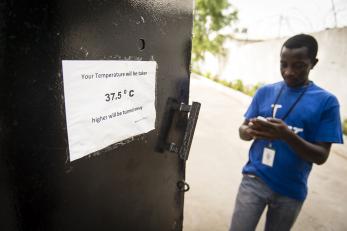
5. 2014 to 2016
The Ebola outbreak from 2014 to 2016 was the largest outbreak since the virus was discovered and became known as the West Africa Ebola epidemic. It was widespread in Guinea, Liberia and Sierra Leone. It also affected Italy, Mali, Nigeria, Senegal, Spain, the United Kingdom and the United States. The West Africa Ebola epidemic started in southeastern Guinea in December of 2013 where a toddler from a village in Guinea presented the first case. It was believed he had been infected by bats.
After five more cases occurred in the area, an official medical alert was sent to district officials. The outbreak soon spread to the capital city and bordering countries due to poor public health infrastructure. which made it difficult to contain. By July 2014, the outbreak had reached beyond the borders of Guinea and spread to the neighboring countries of Liberia and Sierra Leone. This was the first time in recorded history that the virus spread from a rural area to urban centers, where it's much easier for an infection to spread.
In August, WHO declared a Public Health Emergency of International Concern (PHEIC). A PHEIC is reserved only for events that may lead to an international issue or require international assistance. Eventually, the epidemic spread to seven other countries due to increased mobilization, crowded cities and conflicting infection control practices.
In March of 2016, WHO removed the PHEIC status on West Africa's fight with Ebola. By the end of the epidemic, there were 15,261 confirmed cases and 11,325 deaths, making it the most significant Ebola outbreak in history. The epidemic brought to light the importance of investing in health infrastructure in developing countries for the benefit of all countries around the globe.
6. 2018 to 2019
The most recent Ebola outbreak is currently happening in the Democratic Republic of the Congo's provinces of North Kivu and Ituri. This Ebola outbreak has already claimed more than 1,500 lives in 2,500+ confirmed cases. What makes this particular Ebola outbreak especially difficult to combat is that it is in conflict-affected areas, which has made it dangerous to access the affected people. This has resulted in this Ebola outbreak becoming the largest outbreak in DRC's history.
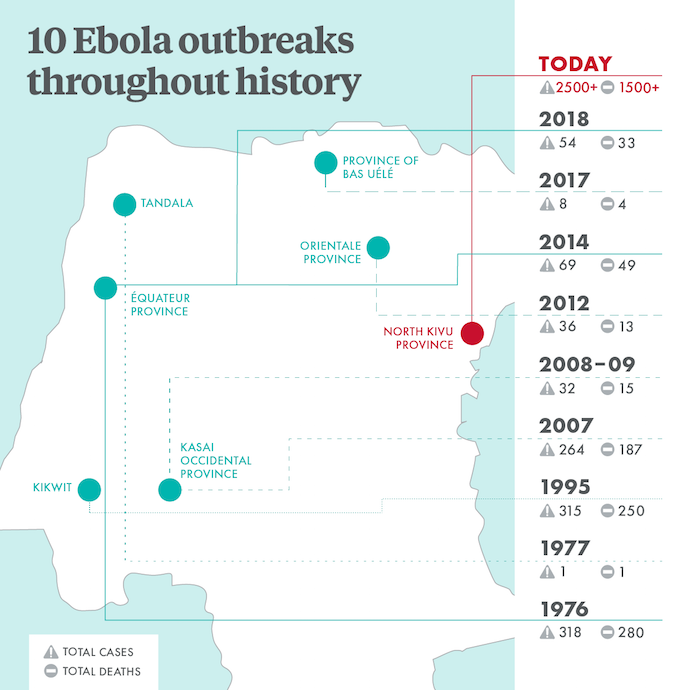
How many deaths has Ebola caused?
Nearly 13,000 deaths, including suspected, probable and confirmed deaths, have occurred as a result of an Ebola outbreak since its discovery in 1976 through the end of the epidemic in 2016.
Is Ebola still active in Africa?
As of July 2019, there is an Ebola outbreak in the Democratic Republic of the Congo. So far, there have been over 2,500 cases reported and more than 1,500 deaths, making it the largest outbreak in the country's history. On July 17, the World Health Organization has declared the Ebola outbreak in DRC a "Public Health Emergency of International Concern" (PHEIC). Previous PHEICs include Swine flu in 2009, Polio in 2014, Ebola in 2014 and the Zika virus in 2016.
According to WHO, infection prevention and control practices in healthcare facilities need to be strengthened to end the outbreak. We're in the region now providing access to clean and safe water, as well as improving sanitation practices and hygiene information.
Could Ebola have been prevented?
Beth Bell, director of the CDC's National Center for Emerging and Zoonotic Infectious Diseases, claims that investments made into building public health infrastructure in West Africa could have prevented the Ebola epidemic in 2014 by giving West Africa ways to detect and contain the virus before it spread.
Bell reminds citizens of the world that any country is vulnerable to diseases like Ebola if it is not stopped at the source. She claims that stopping infections where the outbreak occurs is the most "effective and least expensive way to protect people's health."
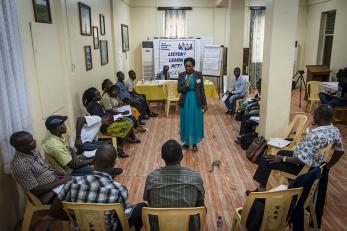
Why did Ebola spread so fast?
In 2015, a year into the 2014 Ebola epidemic, WHO compiled a list of factors that contributed to the widespread occurrence of the disease. Keeping these factors in mind is a way to develop strategies to beat the virus and prevent an epidemic in the future. These factors include:
- Lack of preparation: Before 2014, West African countries had never experienced an Ebola outbreak, and they were unprepared for the disease. Because the virus reached West African capital cities, the world saw how fast Ebola can spread in an urban center without preparation. Health clinics that can provide aggressive supportive care are needed to improve the chance of survival.
- Damaged public health systems: The countries where the epidemic broke out lack strong road systems, transportation systems and telecommunications as a result of civil war, which delayed treatment for patients and the ability to call for help.
- High population mobility: Many West African families have family members or other contacts who live in different countries. Residents often move across borders to look for work or visit family, making it difficult to contain an outbreak.
- Extreme shortage of healthcare workers: Before the epidemic, West Africa had a ratio of one or two doctors for every 100,000 residents. As a result of the outbreak, the workforce diminished even further as many healthcare workers died or had become infected.
- Cultural beliefs and practices: Many Ebola cases are linked to traditional burial and funeral practices, which brings family and friends of the deceased in contact with the virus. Also, some people may have rushed to sick patients in need of care or hugged an ill child without putting on proper protective gear first. Compassion is highly valued in West Africa, which can make an Ebola outbreak even more challenging.
